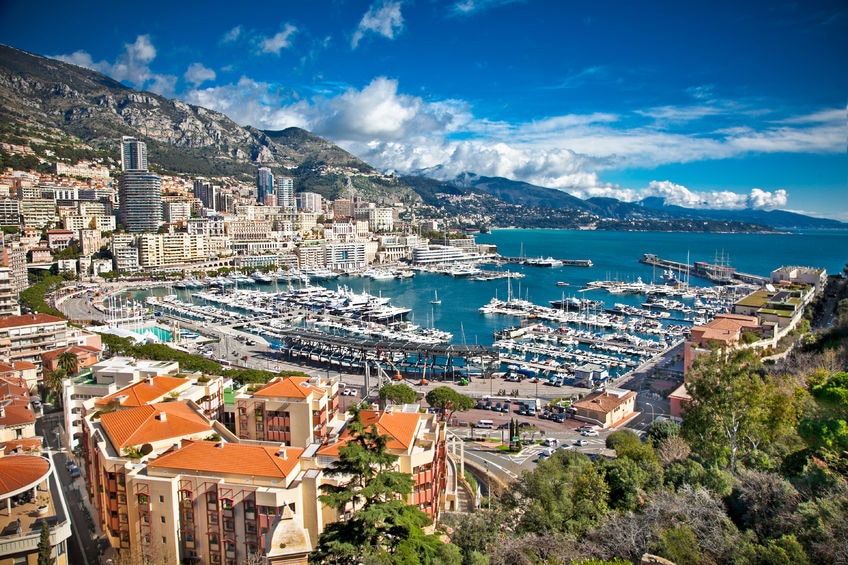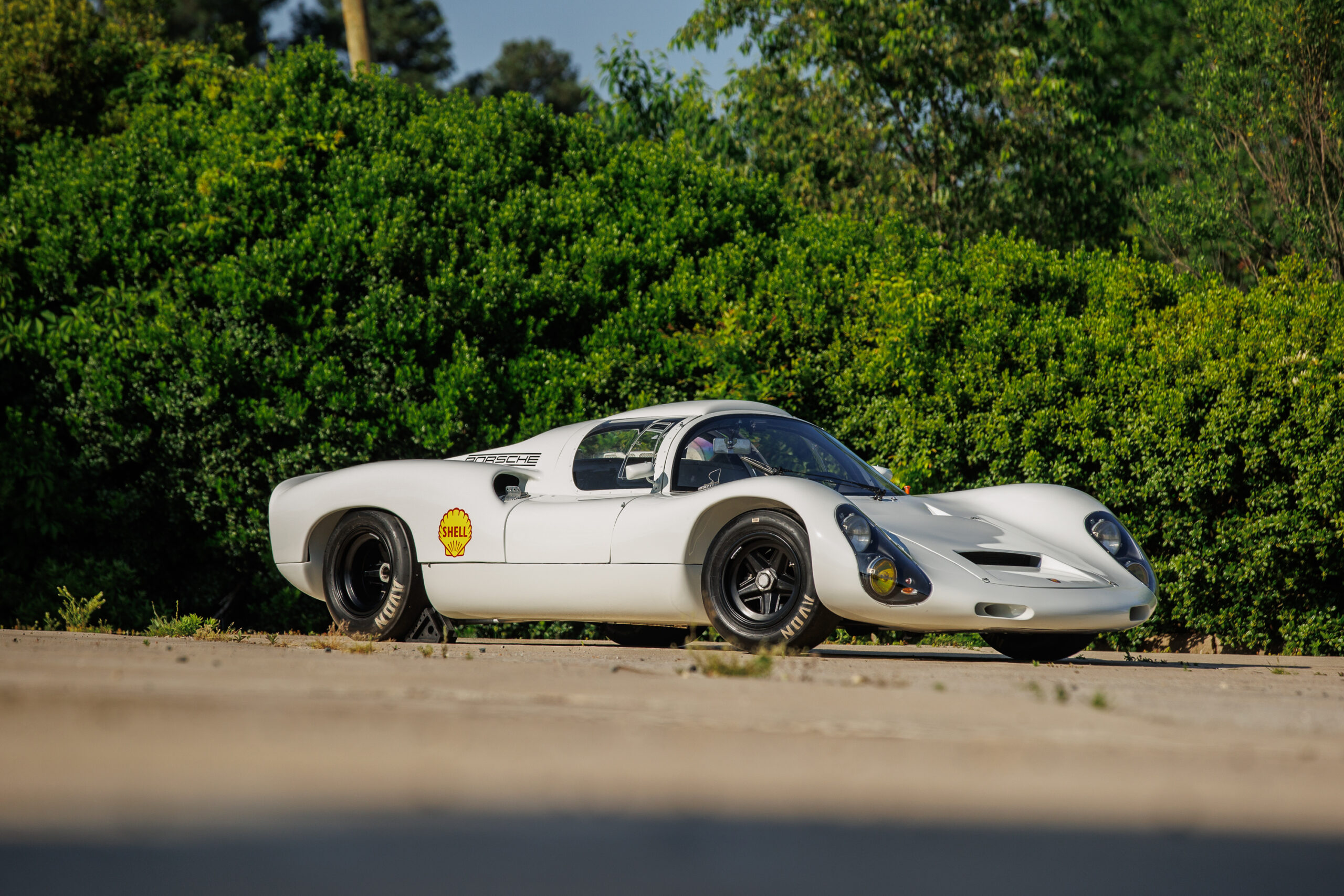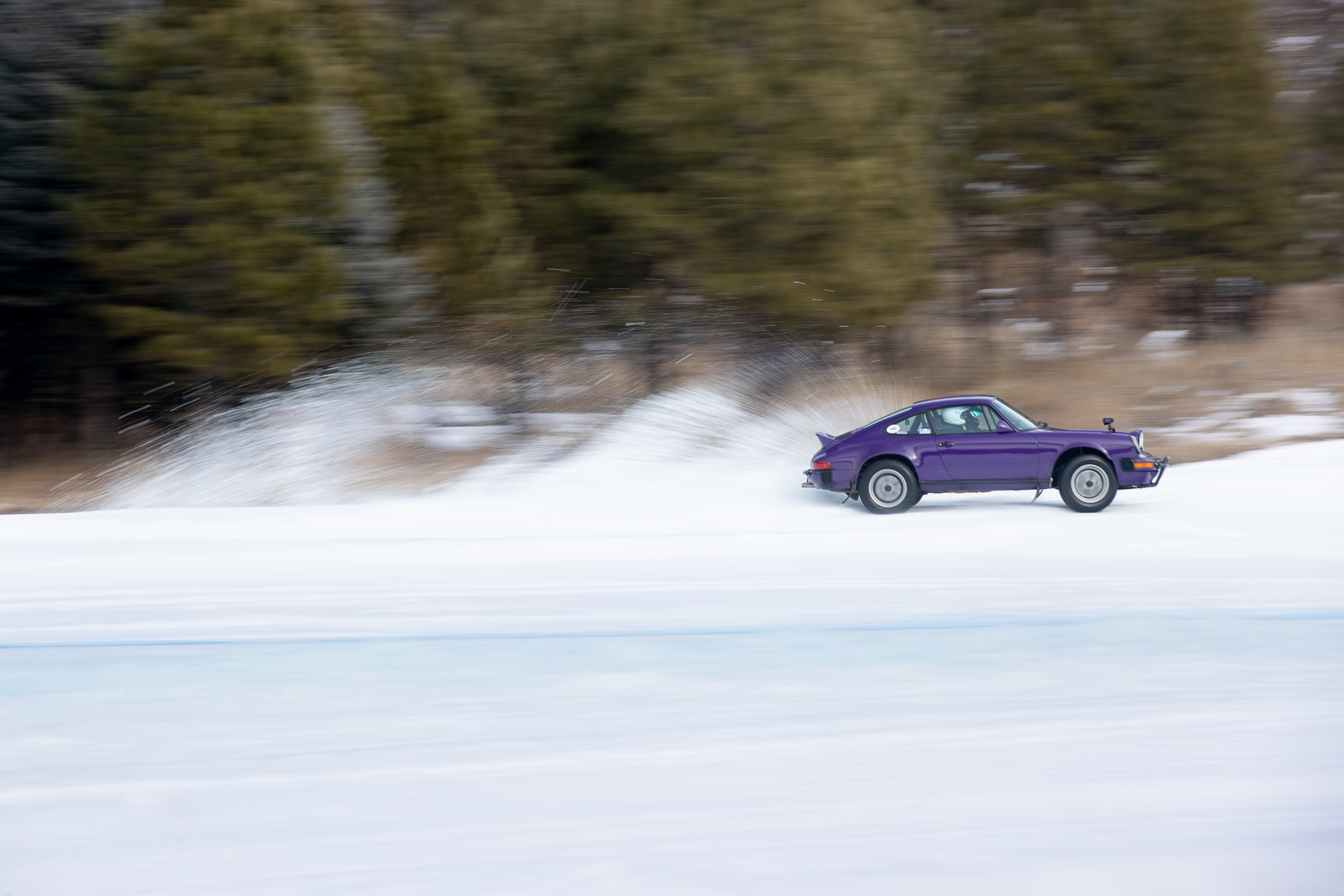The Monaco auctions have come and gone. And the numbers didn’t come out as most expected. Disappointing results may have different meanings. With few exceptions, consigners didn’t show up with cars and the buyers didn’t show up for them. The auction houses didn’t put their best feet forward.
In Monaco for RM/Sotheby’s auction, the consignees and buyers each pay 12% to the auction houses. But wait! For Bonham’s, the buyer’s premium was 15%!
WHAT! Holy shit! Are we really supposed to believe that their service is worth 24-to-30% of the sale result? And don’t forget about that 20% V.A.T. on top of everything if you’re keeping the car in Europe!
Here on this side of the world, we pay only 10% on each side. It’s bad when paying 20% sounds reasonable when you consider the auction companies don’t put up their own money for the cars. They do, however, fill the rooms with qualified/vetted buyers and they really do spend a not-so-small fortune staging each sale they put on.
Are they that good at vetting the cars or do they just have great story writers that generalize instead of specify, and photographers with that mystery filter that blows sunshine up the buyers’ and sellers’ asses? This year the answer was simple: lots of sunlight with a few great cars but with many more average ones.
Monaco is, well, Monaco, so even when it rains (as it did on RM/Sotheby’s evening) the sun shines a lot. It’s just that this time, most people weren’t buying it.
The stars of the week were Bonham’s lot 114, their 1953 Jaguar C-type Jaguar, and RM/Sotheby’s lot 254, the 1968 Ferrari 275GTS/4 N.A.R.T. Spyder. Before the auctions started the simple question I heard was “why the hell would they put those cars in Monaco and not Pebble Beach?”
That remains an even more important question after the mixed results. The first auction was Bonham’s, held on May 13 at the Fairmont Hotel in Monte Carlo. The C-type was a fantastic car with a great history, and it achieved a final sale price of €7,245,000 including their 15% fee. (This is $8,125,267 US, almost two million over their estimate.) It was a very strong result to say the least.
The vast majority of the other cars they offered were average at best and the results showed it. Lots of no-sales meant little interest in average cars. Such was the case with both auctions.
RM/Sotheby’s had a completely different result with their headline car on Saturday evening, May 14. This was RM’s second auction without their long-time auctioneer Max Girardo. Max had a style and a way of reading the room that was sorely missing at this event. His dry humor and his ability to “hold court” and call people out with a smile was gone. The new auctioneer has some big shoes to fill. Bidders often hesitated and Max’s ability to tease and cajole the last few thousands or millions out of their pockets might have meant some sales that didn’t materialize.
(In bidders’ defense, if you were a Yank buying in Monaco, you calculated Euro to Dollars by a factor of $1.13 to €1 that weekend. Then you multiplied that by 1.12 to add in the RM premium. So every € cost you $1.27 before you flew the car out of Europe. The auctioneers chided bidders to put down their phones. But that was how buyers calculated the real cost of their next bid!)
The NART Spyder was a huge disappointment with a no-sale of €17 million ($19.2 with conversions but without bidder’s fee.) This is a full eight million dollars short of the last NART’s public sale price. Whether it’s Monaco with bidders in French, German, Italian, English, and at least two other languages, or just good ole English, that – folks – is what’s called an old fashioned ass beating!
The remainder of the lots had mixed results. Often when a car doesn’t do what they are expecting (also known as estimating) there is most likely a back-story. Well, plenty of the cars offered that weekend had those back-stories: crash damage on some, a rusty hulk pulled out of a swamp on another, and a few that were offered through the last years at other auctions. In summary, very few of their top cars showed up so the top bidders stayed home.
The world economy isn’t crashing (even though it certainly is not going gangbusters either). The stock market is soft at best (and all-over-the-place at worst). Fear of a Fed rate increase is provoking fear in general. The real estate market is more overheated than in 2008 (and we all know what happened then). The banks offer virtually nothing in interest on your money (and taxes certainly haven’t gone down)!
So what the hell do you do with your money? I have chosen to only buy stuff I really like that also are documented cars with a proven provenance, that we can view as an investment.
In summary:
I’m going to say it as I see it: Great cars will continue to bring stronger and stronger prices. Average cars will not; they will get weaker and weaker.
The difference between a #1 car and a #3 car is generally double or triple in price and it represents years in restoration time. The amount of research done and quality of the details are the difference. Suppliers make a lot of reproduction parts that are 80% right/accurate/good. But it takes 100% to be the best. The production-line restoration shop can make a piece of glass look like a diamond but a jeweler can always tell the difference.
In Monaco the sun shined on a lot of glass but very few of the jewelers were buying.




